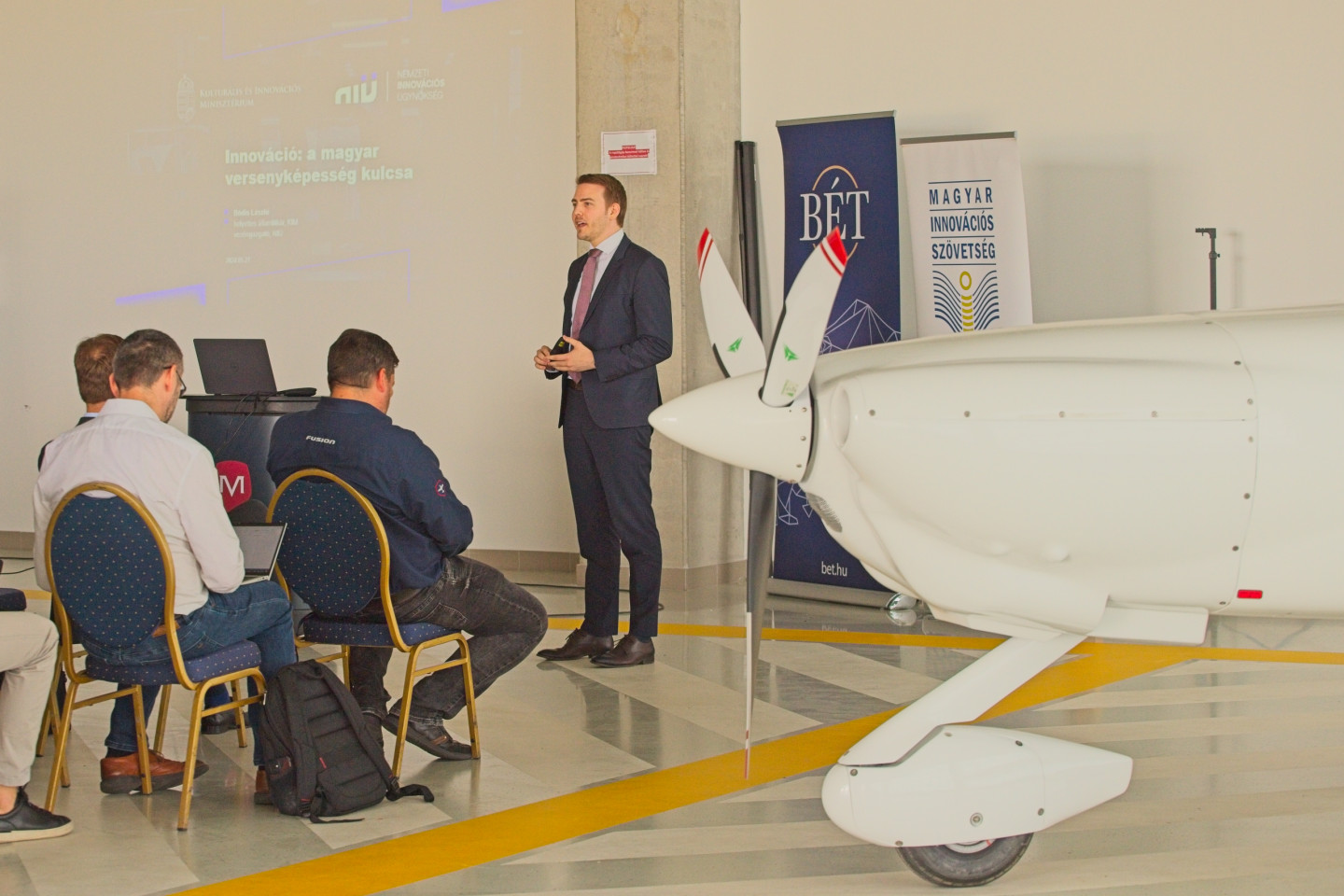This year, the NRDIH is relaunching its innovation focal area programme focusing on the 3 priority areas of the Neumann János Programme with a higher budget. This year, instead of HUF 30 billion last year, HUF 50 billion will be available through the call for proposals announced on Tuesday, László Bódis announced at the Innovation Pop-up Conference of the Hungarian Innovation Association in Pécs.
In his presentation, the Deputy State Secretary of the Ministry of Culture and Innovation and CEO of NIÜ said that the key to the competitiveness of the Hungarian economy is successful, innovative businesses. He added that the government has set a target in the János Neumann Programme for Hungary to be among the top 10 innovators in Europe by 2030. We can achieve this by putting cooperation, economic and social impact and the creation of synergies at the heart of our innovation investments. This year's €340 billion innovation, higher education and vocational training programmes will do just that. In his presentation, László Bódis explained that the NRDI provides innovation opportunities for all types of companies, from a good idea in a start-up to large enterprises.

He stressed that the NDI knows that innovations need not only financial backing to enter the market, but also knowledge, contacts and information, and their aim is to provide Hungarian innovator companies with these. Out of the HUF 50 billion programme announced on Tuesday, HUF 42.5 billion will be earmarked for collaborations (between companies and universities and between companies and research institutes), as the Neumann János Programme focuses on stimulating them. However, companies can also apply individually or in a company-company consortium. Applications are open to more mature SMEs, where the expectation of the NRDIH is that in return for a public investment of up to HUF 300-800 million, they will develop a new patented product or service that will generate revenue for the company within 2-3 years of market entry. This ensures an economic return on innovation investments. As was the case last year, this year's public innovation investment will be targeted at projects aimed at the digital switchover, healthy living and the green transition.





